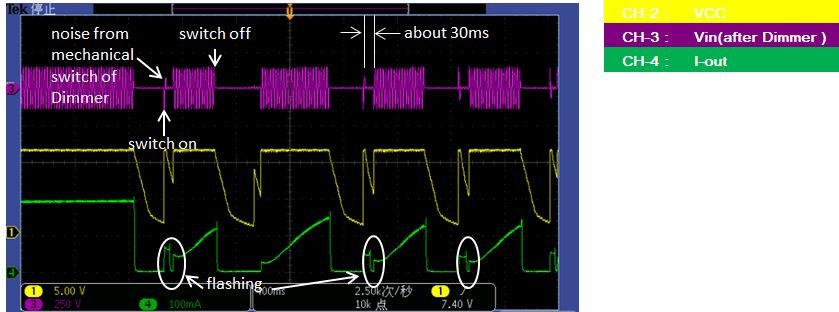Hi,I don't find the description of OVP and softstart in LM3445 datasheet.How can I achieve OVP and softstart fuction with extra components?
-
Ask a related question
What is a related question?A related question is a question created from another question. When the related question is created, it will be automatically linked to the original question.


